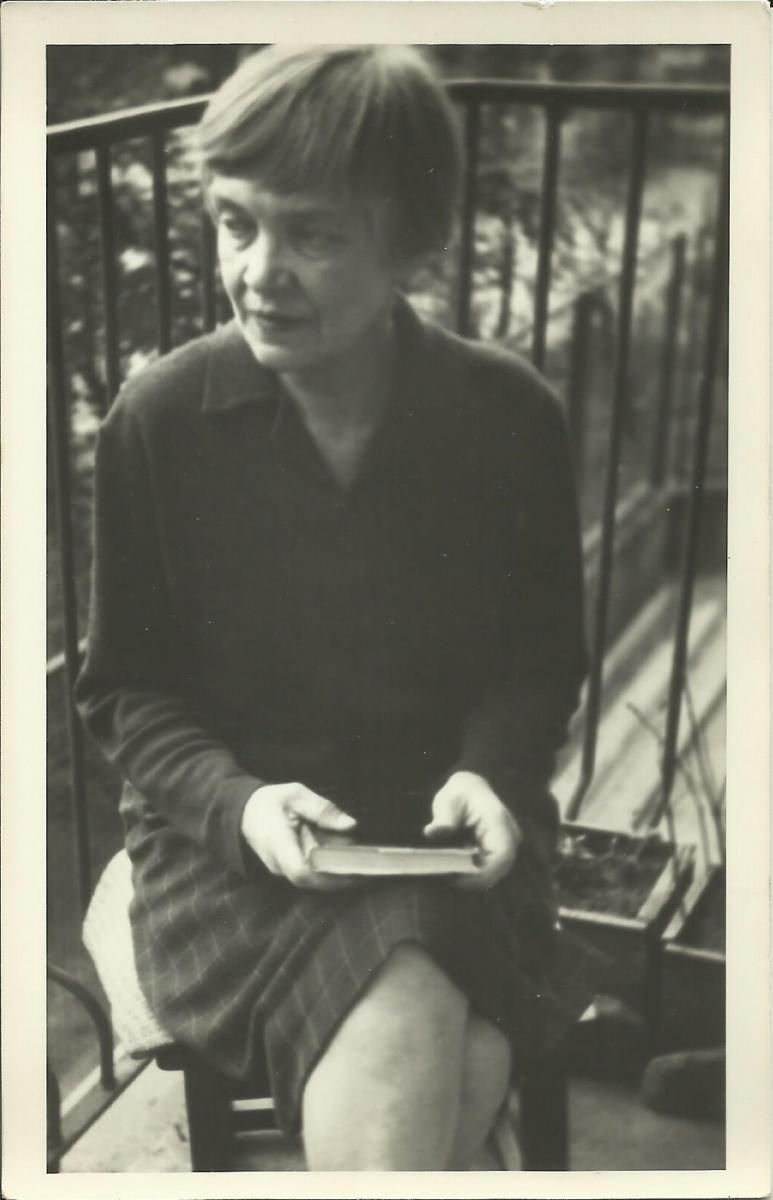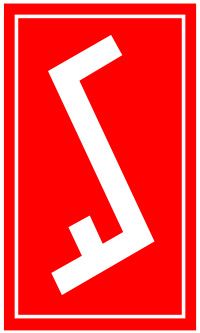Janina Kłopocka
Mediathek Sorted
-
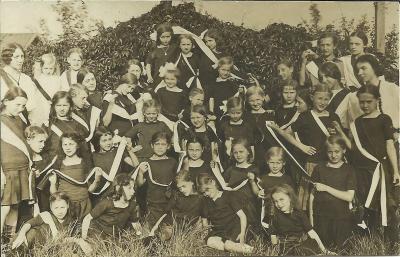
-
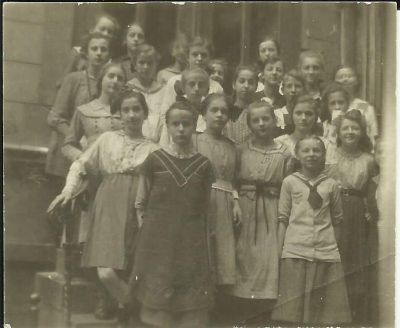
-
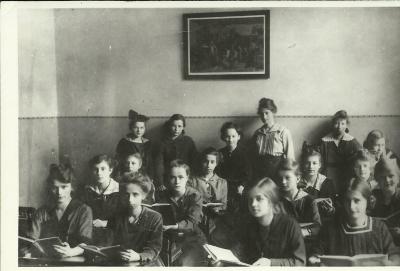
-
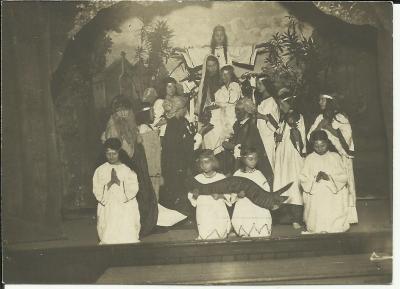
-
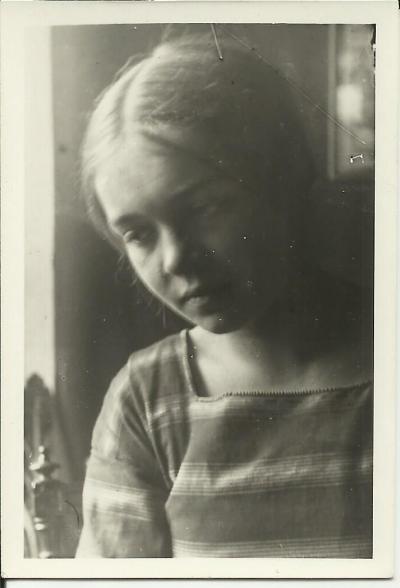
-
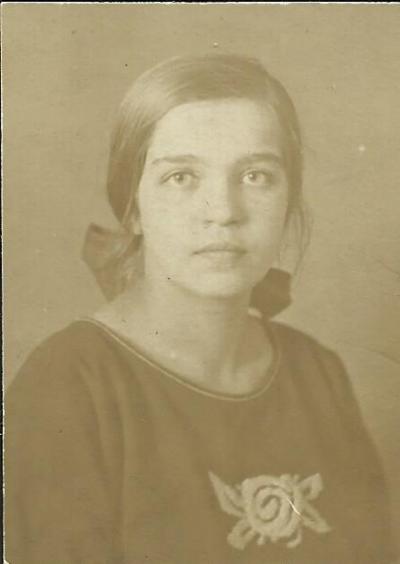
-
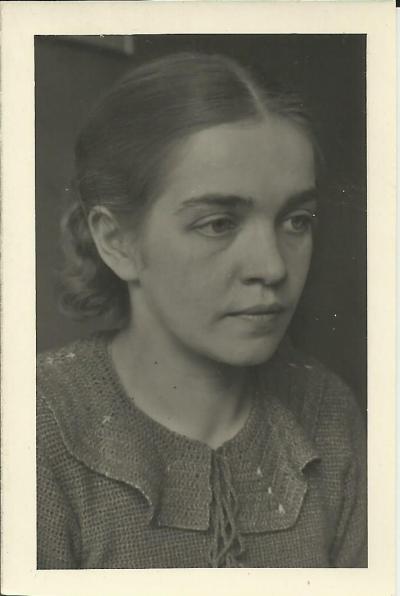
-
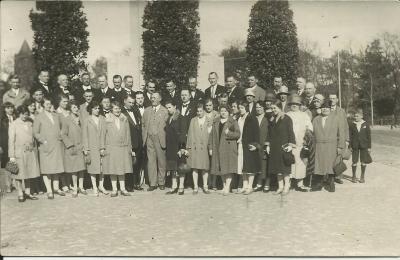
-
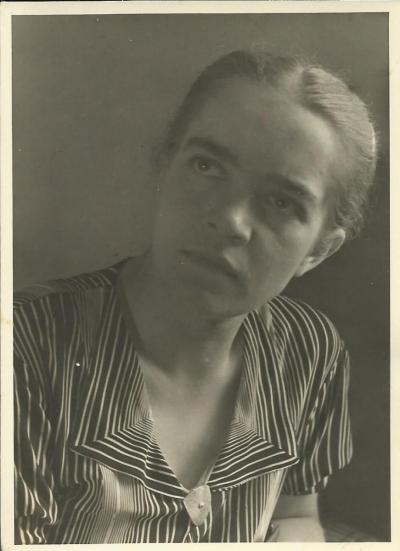
-
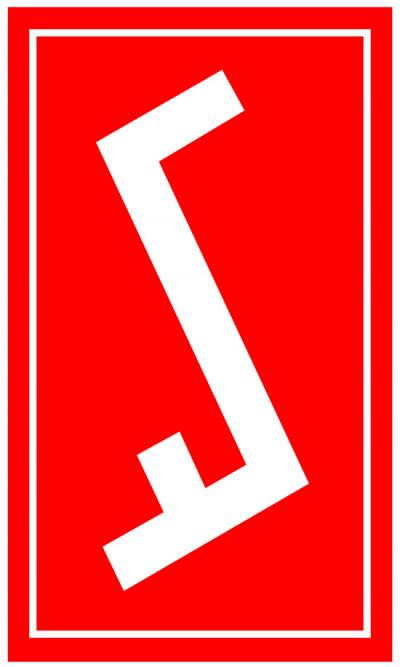
-
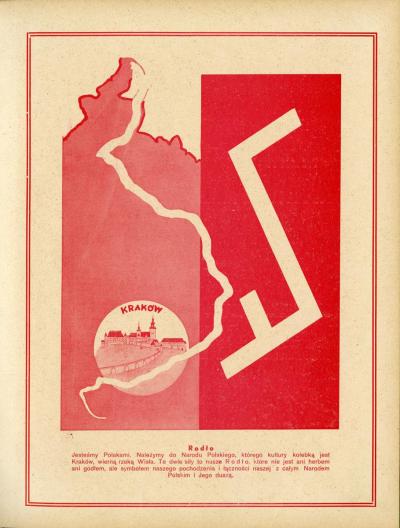
-
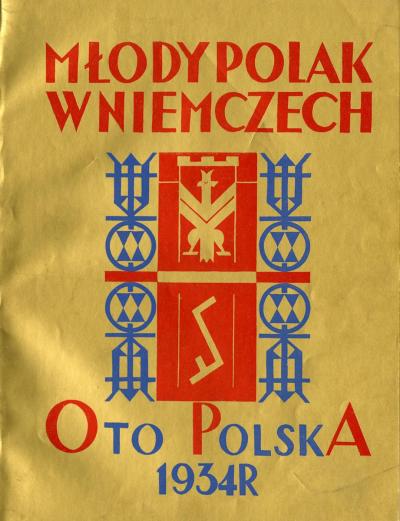
-
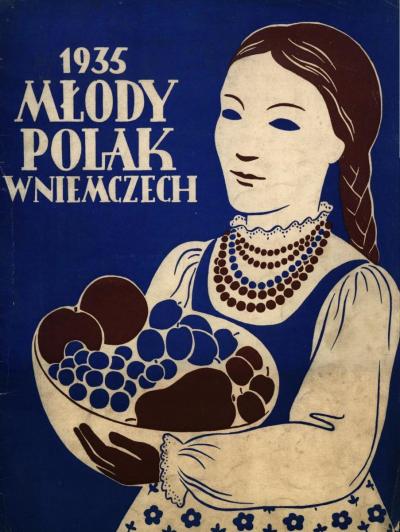
-
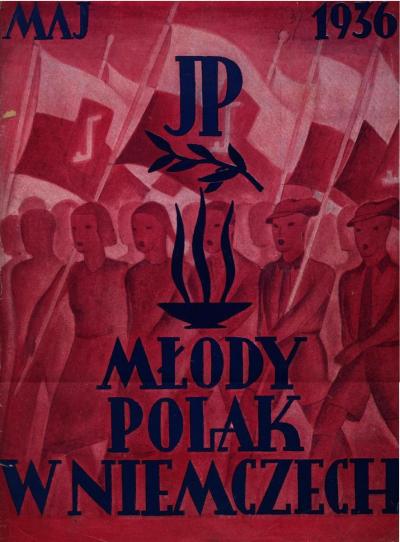
-
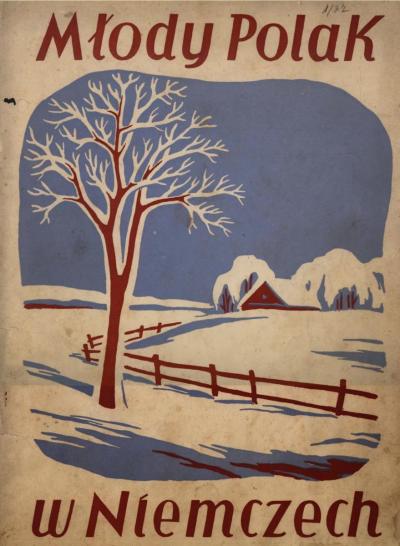
-
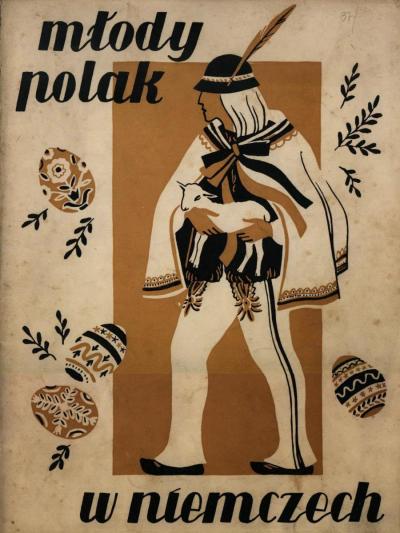
-
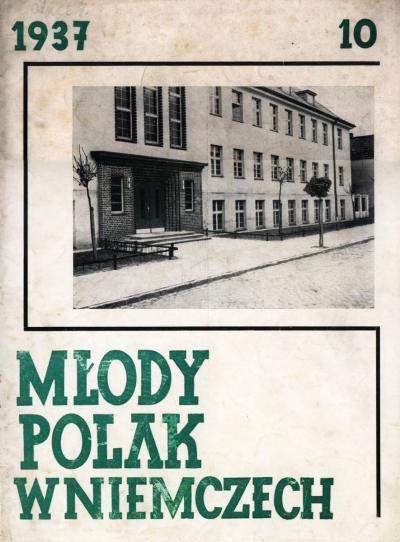
-
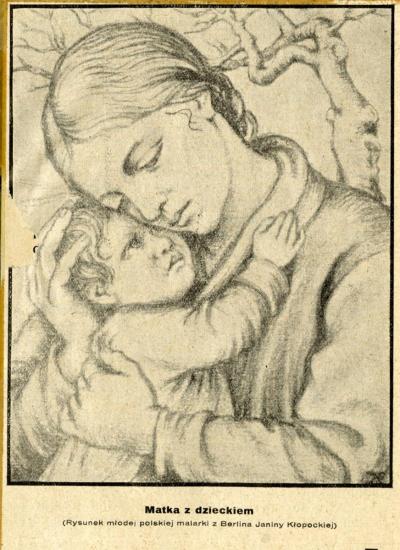
-

-
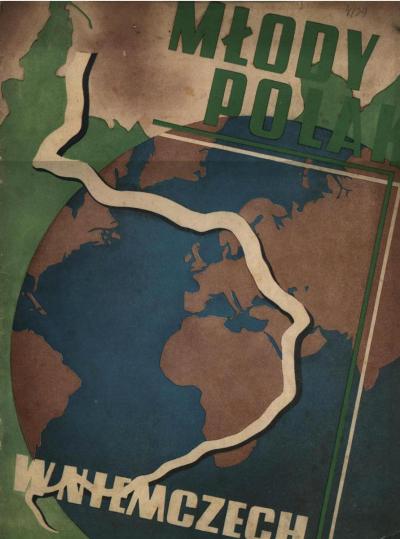
-
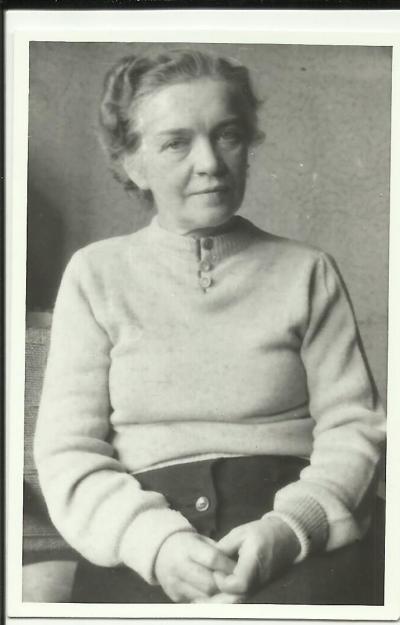
-
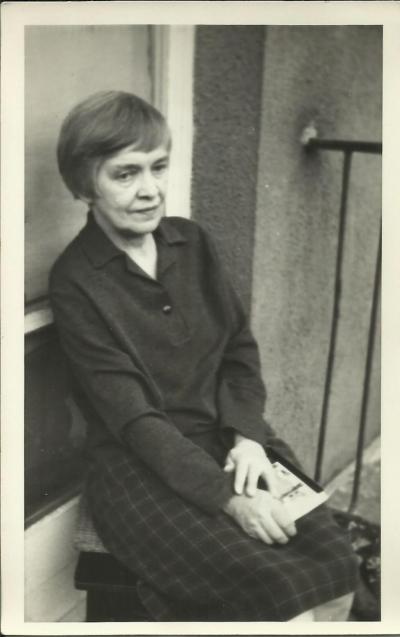
-
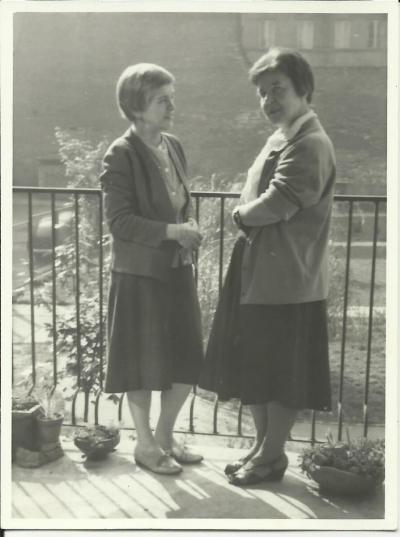
-
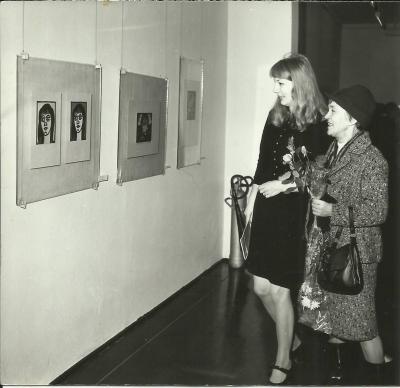
-
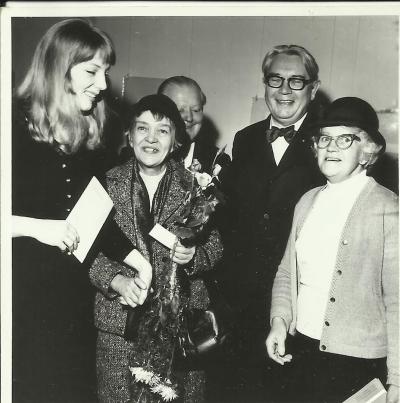
-
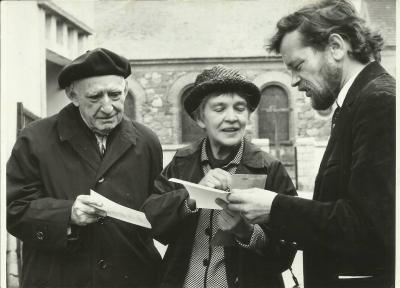
-
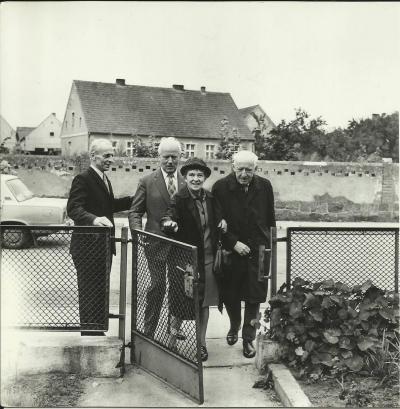
-
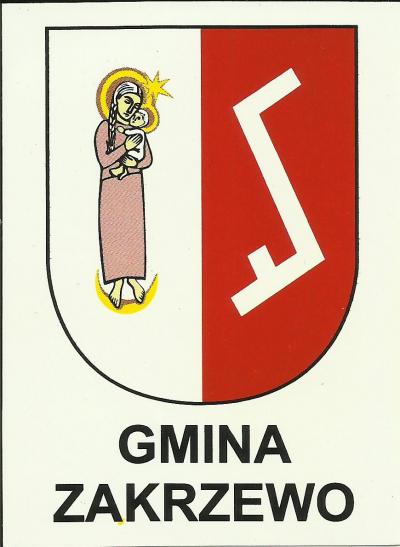
-
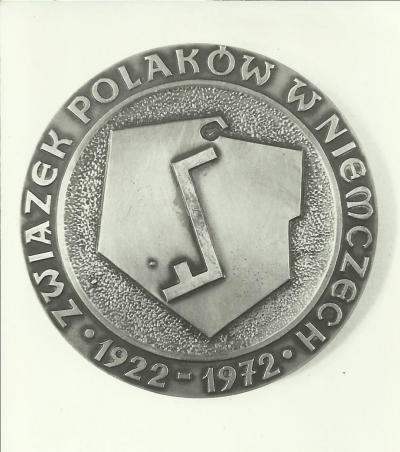
-
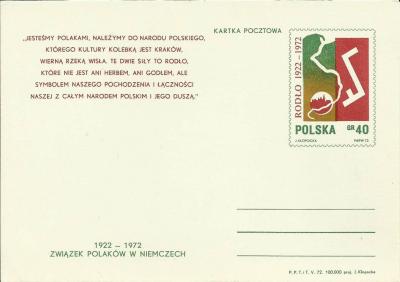
-
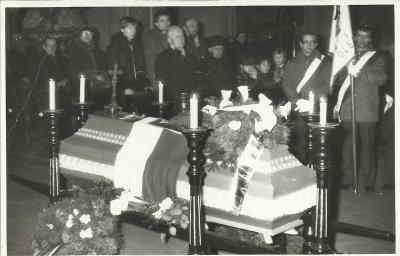
-
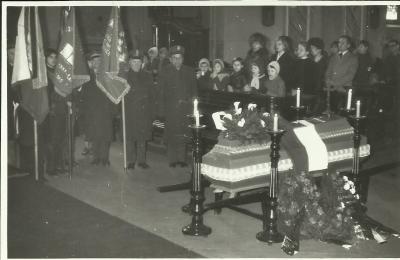
-
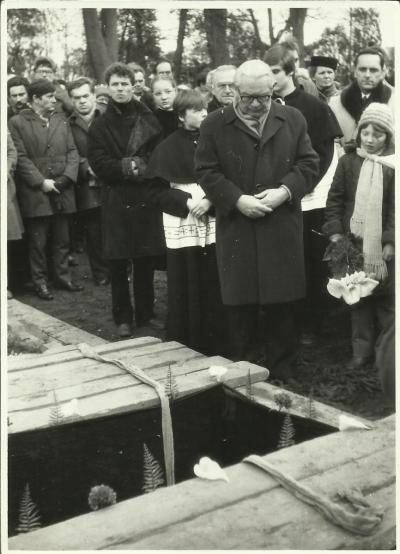
-
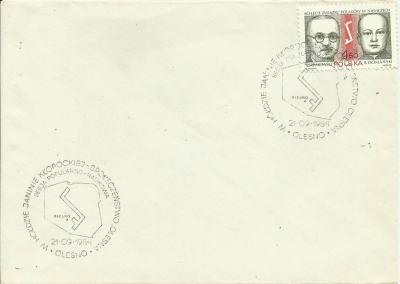
-
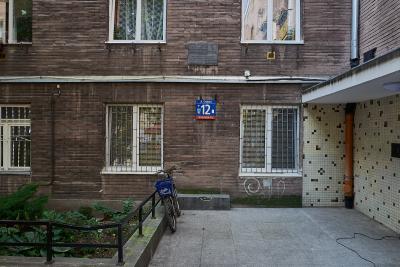
-
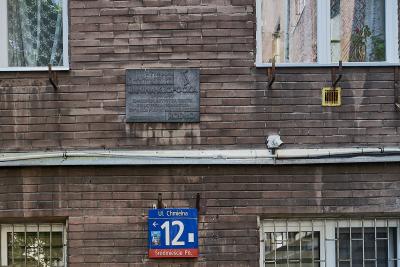
-
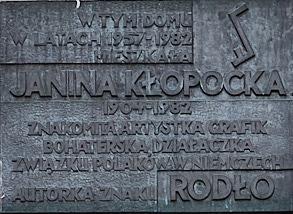
-

Janina Kłopocka - Hörspiel von "COSMO Radio po polsku" auf Deutsch

Janina Kłopocka – The creator of the “Rodło” emblem
The life of the outstanding artist, Janina Kłopocka, the creator of the graphic emblem of the Union of Poles in Germany, the so-called „Rodło“ sign, is a typical example of the knotty fate of Poles in the 20th century. Her life was an extremely strenuous and ambitious struggle to take up a profession offering her opportunities for creative design. On the one hand she struggled to overcome cultural boundaries, was strongly committed to her fatherland and her people in which she suffered many painful experiences and periods of extreme peril. But Kłopocka’s life also contained moments of disappointment with the political situation in Poland and the restrictions to Polish sovereignty after 1945. Despite serving time in a Stalinist prison she never forsook her country, but was determined to find a way back into her artistic work. Her legacy has somewhat fallen into oblivion but it deserves to be recalled and publicised.
Janina Kłopocka was born on 18. August 1904 in Koźmin, a small town in Greater Poland, half way between Berlin and Warsaw. Small towns were to be a constant point of reference throughout her life. She lived in such places for many years and her thoughts continually returned there. Her parents were a baker by the name of Jan Kłopocki (1879-1914) and his wife Marianna, whose maiden name was Niedźwiedzińska (1875-1961). Janina had two younger siblings, a sister named Łucja and a brother, Marian. The family lived a very modest life and when her father failed to find a better-paid job he moved to Berlin in 1907. His family joined him in the following year after he had found regular employment.
Janina was still very young but she soon grew accustomed to her new surroundings, and made her first acquaintances and friends. In 1911 she began school at a Catholic school for girls – the Bischof Dr. Assmansche Katholische Höhere Mädchenschule, that changed its name to Scherings’ches Lyzeum in 1912 – where she remained until 1921. In 1914 a major upheaval shattered the relatively secure lives of the Kłopocki family: the First World War broke out and Jan Kłopocki was summoned to join the ranks of the German army because he was considered a Hohenzollern subject. Shortly after he was killed and from then on Janina’s mother had to earn the family’s living.
“I was born in Greater Poland” said Janina Kłopocka in an interview, “and spent my youth in Berlin. My father fell in the First World War and I attribute my success to the stubbornness of my poor, wonderful mother and... myself.”
There were very few Polish girls in the German grammar school attended by Janina. One of her best friends was Elżbieta, the daughter of the Polish politician, Wojciech Korfanty, from Upper Silesia. During her time at the grammar school Janina became interested in art and produced her first watercolour drawings as well as a portrait of her sister. One of her favourite artists was the painter, Albrecht Dürer. On a visit to the Lissowski family in Upper Silesian Michałowice she also portrayed “living pictures” from Polish history. Her mother placed great value on her children receiving a “national” education. Hence she tried to compensate for the influences of the German school and German surroundings. In 1914 she registered Janina and her sister Łucja with the Berlin “nest” of the Polish “Sokół” (the Polish gymnastics club, the Falcons). In 1922 the Union of Poles in Germany was set up and Janina joined it one year later.
After finishing her time at the grammar school she had to find a steady job as soon as possible in order to help her mother support the family. In Berlin she signed up for a one-year banking course arranged by the local chamber of trade. But a job in a bank was not to be her future career. Instead she received a grant from the government to take up a course in art. In 1923/1924 she studied painting under Professor Ludwig Bartning at the United State Schools for Free and Applied Art in Berlin. During this time she began to specialise in drawing and her first graphic works were published in German and Austrian periodicals. She continually sought to perfect her craft and technical skills.
In 1929 she received a grant from the Federation for the Protection of the Western Areas (Związek Obrony Kresów Zachodnich) to study at the School of Fine Arts (Szkoła Sztuk Pięknych), in Warsaw (it was later renamed the Academy of Pictorial Arts (Akademia Sztuk Pięknych). Her teachers at the school were well known and highly regarded. She studied graphics under Professor Władysław Skoczylas, and drawing under Professor Mieczysław Kotarbiński. In the mid 1930s she began to take an interest in murals, ceramics and mosaics. She was also actively involved in student and artistic life in Warsaw.
Her cooperation with the Union of Poles in Germany began in 1930 with designs for the title pages of periodicals, as well as for posters and events. She then accepted the offer of a regular job with the periodicals “Polak w Niemczech” (The Pole in Germany) and “Młody Polak w Niemczech” (The Young Pole in Germany ). During this time she gave up drawing to concentrate on other graphic skills, especially woodcuts. Her favourite motifs were nature, folklore and the world of fairy tales.
In 1932 the head of the Union of Poles in Germany commissioned her to produce the emblem for the Union, the so-called “Rodło” sign. The result revealed her utter professionalism that was to mark her work in the coming years. Kłopocka conducted a huge number of discussions with officials from the Union and consulted countless publications before presenting a large number of designs. The “Rodło” sign is based on the course of the River Vistula, the Queen of Polish rivers. On account of its direct simplicity, its clear statement and its modern form it soon became the distinctive symbol of Poles in Germany. Today it is still used by the Union of Poles in Germany and by the so-called “Rodło” family.
In 1975 Janina Kłopocka recalled the events surrounding her creation of the famous emblem in the following words:
“I remember the first meeting in the boardroom of the Berlin headquarters of the Union of Poles in Germany in Potsdamer Straße. Dr Jan Kaczmarek was very concerned about the completely new situation facing the Poles in Germany following Hitler’s seizure of power. The general anxiety demanded decisive measures. (…) Dr Kaczmarek decided that we must have our own national emblem. (…) When I asked him what this emblem should look like I received no answer. (…) But Dr Kaczmarek remarked that it had to be a typically Polish sign, familiar to Poles and their country. After a short period of consideration he added that it had to be so simple and so direct that any child could recognise it easily and draw it on a wall or in sand.”
There followed many days of hard work and after completing several versions Kłopocka decided to use the River Vistula as her motif.
She later recalled the Vistula as – yes, a line, a little bit bent. I drew it in several versions and somehow succeeded but that was just the beginning. I had to extend it in some way and add something else to the Vistula, something that would confirm that we were Poles. Maybe a part of Warsaw? (…) Dr Kaczmarek took a long look at my design before smiling and saying, no, no that would just be the icing on the cake. Warsaw is the capital, the political centre of Poland. The Germans would quickly recognise it and forbid us to use such an emblem (…) I recalled the beginnings. The Vistula, that’s also Kraków and Kraków is in turn the Wawel Castle, the cloth halls, the Mariacki Church, i.e. the cradle of the state and Polish culture. Agreed, but how should that be presented? Nobody, neither an adult nor a child would be able to copy such well-known sites”.
Several days later:
Just as previously with Warsaw, I now wanted to mark in Kraków with a small diagonal line but learnt that it would be too rash to use such a emblem because it would remind people of the sword of Bolesław Krzywousty (Bolesław III, Wrymouth) and thus of the war with Germany. So that idea came to nothing and I decided to do without the half line and make another design. The final one (…). It’s a unique emblem. An emblem that has played an extraordinary role in the life of 1,500,000 Poles in Germany, Poles who remained true to the land of their fathers and were ready to place themselves at its service. – At the start the Germans did not understand what the emblem represented. Some of them even thought that it was half a swastika. Others who realise that it referred to the Vistula spoke of us as the Vistula brothers.
In 1934 she made a woodcut called “Matka Boska Radosna“ (Joyful Mother of God). Her Madonna and Child in no way, however, resembles the usual representations. It is much more reminiscent of a modest village girl: dressed in a simple robe and accompanied by four angels, it rests its bare feet on the moon. Contrary to the title, however, Maria is not smiling. Her face seems rather to express pensiveness and worry. Kłopocka’s Madonna very quickly became popular and as time went by it was adopted as a sort of patron by the Union of Poles in Germany. In addition her Madonna was used on a poster advertising an exhibition on religious art that took place in 1934 in Częstochowa. It also opened a cycle of frescoes entitled “Polski rok obrzędowy” (Polish Annual Traditions) in the Polish House in Zakrzewo in the district of Złotów. (Flatow).
The second half of the 1930s was a period of intensive activity for Janina Kłopocka . During this time she received further commissions from the Union of Poles in Germany. In 1936 she began working on the “Polski rok obrzędowy” cycle of frescoes to embellish the Polish House in Zakrzewo, whose outlines she completed in the following year. All in all she created 16 murals with the support of two artist colleagues, Jadwiga Koniuszewska and the sculptor, Roman Solecki. Their themes were popular festivities, rites and customs, including the Christmas meal on Christmas Eve, the harvest thanksgiving festival, welcoming spring and other motifs. After the outbreak of the Second World War the Germans plastered over the frescoes and they were only revealed once again in 1972 when the building was renovated. Thankfully they managed to survive in a very good state.
In 1938 she joined forces with Tadeusz Cieślewski Junior to design the setting for the Congress of Poles in Germany in the assembly hall of the Berlin Theatre of the People. To this end they decided to use symbols that were important to the Poles in Germany: a green leaf (the sign of the young people), the “Rodło” sign and a model of a chapel that the governing board had decided to build in December 1937. Janina Kłopocka attached her portrait of the Joyful Mother of God to one of the walls on this model.
Kłopocka’s work gradually received increasing recognition and popularity. In 1935 she set up an artists group entitled “Czerń i Biel” (Black and White) with her student friends from the Warsaw Academy, and one year later works by the group were exhibited in the Zachęta (today the Zachęta National Gallery of Art). In addition Kłopocka’s works were shown in London, Florence and Ottawa.
At the end of the 1930s she joined a new political movement. Given the fact that her works contained religious themes the choice was astounding. At the time a group of young intellectuals in Poland attempted to establish a Slavic movement based on pre-Christian times. The young people propagated extremely radical views with a totalitarian character. They came up with neo--pagan slogans and called on people to haul Poland out of “the depths of its civilisation”. They regarded Catholicism as the reason for its decline. As a result they appealed to people to return to their sources and rediscover their Slavic identity. The monthly periodical, “Zadruga. Pismo Nacjonalistów Polskich“ (Zadruga. Organ of the Polish Nationalists [the term Zadruga referred to a Slavic family of tribes]), became the forum for this movement. Janina Kłopocka wrote three text for “Zadruga”, mostly on philosophical and ethnographic themes. After 1945 she would have to pay heavily for the consequences.
When the Second World War broke out Kłopocka was living in Warsaw, where she opened a small shop in a search for a source of income. She was committed to the underground resistance movement and help to spread pamphlets for two organisations, “Zryw” (Rebellion) and “Kadry Polski Niepodległej” (The Powers of Free Poland), both of whom became a part of the Polish Home Army in 1943. She spent the end of the war in Częstochowa. Most of the art works which she had stored in a house at 14 Dąbrowski Street were lost during the Warsaw Uprising. After the end of the war she moved to Olesno in the County of Opole, where she worked for a few months as the head of the Office of Culture and Art. In 1946 she returned to Warsaw where she took up a job as a graphic artist in the Department of Information and Propaganda at the Ministry of Industry and Trade.
In 1949 she was arrested on the grounds of her former membership of groups associated with the “Zadruga” movement, whose adherents where regarded as supporters of fascism. After almost four years in pre-trial detention she was condemned to a sentence of seven years in jail. But following an amnesty she was released in 1953, sick and exhausted. After such a long period of detention she found it extremely difficult to take up her work as an artist once more. In 1958 she was rehabilitated by a judgement issued by the High Court that recognised that her articles for the monthly periodical “Zadruga” contained no “racist tendencies”. Kłopocka then mobilised all her energy to resume work as an artist. She illustrated books and periodicals for a number of different publishers, and her works were exhibited once again. In 1967 she took part in the “Exhibition on the 50th Anniversary of the Department of Artistic Drawing”. In 1972 the “Biuro Wystaw Artystycznych“ (Agency for Art Exhibitions) in Opole joined forces with the “Opolskie Towarzystwo Kulturalno-Oświatowe (Opole Society for Culture and Education) to present a retrospective of her works.
In 1971 she was awarded the “Krzyż Kawalerski Orderu Odrodzenia Polski”, (Knights Cross of the Order of Poland Reborn been) by the Polish state.
During the post-war years Janina Kłopocka remained in contact with the members of the Union of Poles in Germany, with whom she corresponded and met on several occasions. She had particularly strong connections with Helena Lehr and Edmund J. Osmańczyk, the former editors of the periodical, “Młody Polak w Niemczech”.
Janina Kłopocka died on 2. February 1982 in Henryków near Warsaw and was buried in the cemetery in Olesno in the region of Opole, where her brother Marian lived with his family after the war. Her sister Łucja lived for a long time with her mother in Breslau. The coffin containing the body of Janina Kłopocka was covered with a Polish flag decorated with the “Rodło” emblem. One of the speakers at Kłopocka’s grave was Edmund J. Osmańczyk, who appealed to the Boy Scouts assembled there:
Dear young friends, it is not customary to lay a flag in a grave. A flag should always remain amongst the living. This flag with the “Rodło” sign, which covers the coffin of Janina Kłopocka has already become a part of history, and I hand it over in the name of the Girl Scout, Helena Lehr, from the Scout group in Olesno. May the Scouts from Olesno return to the grave as a guard of honour every year on Janina Kłopocka’s birthday and the day she died, in honour of the Fourth Truth of the Poles, a truth lived out by Janina Kłopocka – to serve the people.
Krzysztof Ruchniewicz, December 2016
Selected sources:
Bogusław Czajkowski: Wszystko o... Rodło [Everything about... Rodło], Warszawa 1975.
Tomasz Lissowski (ed.): Joanna Kłopocka, Warszawa-Koźmin 2014.

















































































